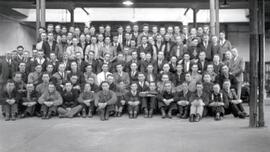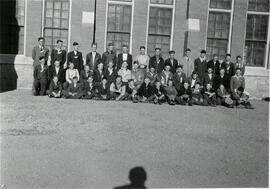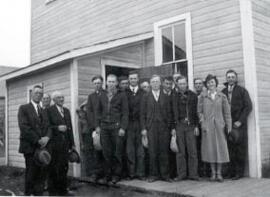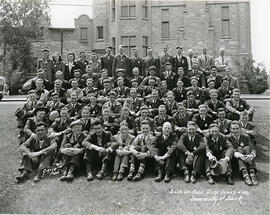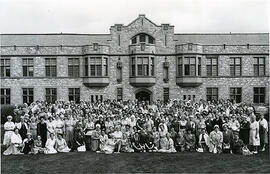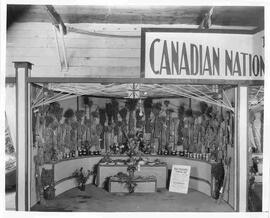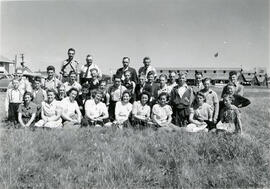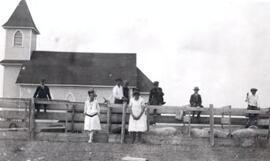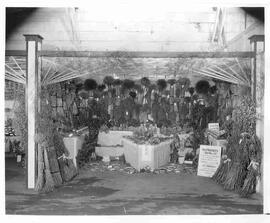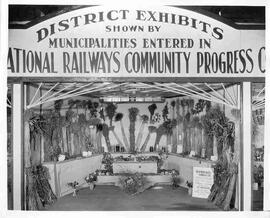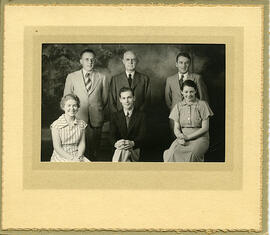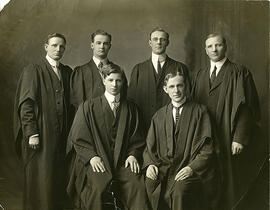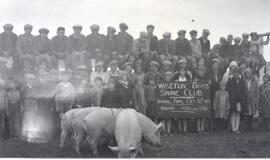Saskatchewan Homemakers' Clubs and Saskatchewan Women's Institute fonds
- RG 2109
- Fonds
- 1911-1985
The Saskatchewan Homemaker's Clubs subseries contains: Saskatchewan Homemakers Life Membership Books (1940-1972); addresses to the Annual Convention (1933-1967); records from local Homemaker's Clubs; Cash Books; and correspondence, minutes, reports, financial statements, handbooks, press releases and publications relating to the activities of the Association. The Women's Institute subseries contains correspondence, reports, minutes, publications and other records (1971-1986). Included are submissions to the Institute's creative writing competition (1975-1981).
University of Saskatchewan - Saskatchewan Homemakers' Clubs and Saskatchewan Women's Institute



